
The all-steel Mulholland Speedster
Story and Photos by Steve Temple
At first sight of the Mulholland Speedster at the 2015 Grand National Roadster Show, many spectators thought it was a beautiful example of craftsmanship in aluminum. But a small, hand-lettered sign indicated otherwise: “All Steel In House Coach-Built Body…” Handcrafted at Troy Ladd’s Hollywood Hot Rods by Sean Ramage, he’s often asked, “Why steel?”
“Aluminum is easier to move and faster to shape,” he admits. “But the finish work might actually take longer.” There was also another reason besides the time involved in the bodywork, which spanned nearly seven years.
After the concept design was sketched out by Eric Black, everyone noticed how similar it was to a steel-bodied ’36 Packard. So the owner of the car, Bruce Wanta, found a worn-out example, and used it as just a starting point for the project, since the car was basically a rusty hulk. “It was in terrible shape, really rough,” Sean recalls. “It just fell into pieces.”
So about 90 percent of the car had to be coach-built by hand, with just about every component cut, shortened, shrunk or stretched in some way. The owner didn’t want any straight or parallel lines on the car, so even the custom-built frame has an unusual figure-eight shape. Also, take a close look at the cut lines, such as where the front fender melds into the running boards, and you’ll see an S-shaped seam. And the bottom line of the rear fender skirts has a slight kick-up as well.
How did Sean translate the full-scale renderings into a finished car? “It was bringing new school to old school,” he points out, since he initially used some traditional metal-shaping tools and bucks, starting with 4x8-foot flat sheets of 18-gauge cold-rolled steel.
But he also later employed CAD drawings and water-jet cutting to transfer shapes, such as the fender skirts, from one side of the car to the other. That’s because passenger side was fabricated first and only tack-welded in place. Once tweaked and finally approved by Wanta, he simply flipped and reversed the body bucks to make the driver’s side.
Easier said than done, of course, as not every detail of the car was precisely spelled out, and some eyeballing and sculpturing were involved. They were given a lot of freedom in the execution.
“Eric did a beautiful job designing the car, but some areas were just blurred out, such as where the running board meets the rear fender,” he notes. “So I came up with four different designs, and we agreed on one.”
Sean also created the distinctive shovel-shaped front splash shield at the base of radiator. While it might seem like just a small touch, it really accentuates the shape of the car, giving it the jutting jawline of a Hollywood leading man. He admits that it was one of the hardest components to fabricate, since it involved some reverse-curve sections.
Initially, the car was displayed in bare metal, which required a month of polishing using about six different grades of increasingly finer sandpaper, from 80- all the way to 600-grit. But maintaining a bare steel body can be a challenge, and given the caliber of the car, it would later be painted.
Before doing so, the smooth finish of the bare metal had to be scruffed up with 80-grit so the primer and paint would adhere to the metal. And countless other areas required detailed attention, such as removing the crown from the doors and fenders, along with smoothing and shaping various edges. “The trick is to get the least amount of Bondo on the car,” Sean points out.
After painting, in 2017, the Mulholland Speedster went on to win the prized AMBR award, among many others. Summing up the project, “It took forever to build,” Sean says. “But it came out right.” Not just that, but exactly right.

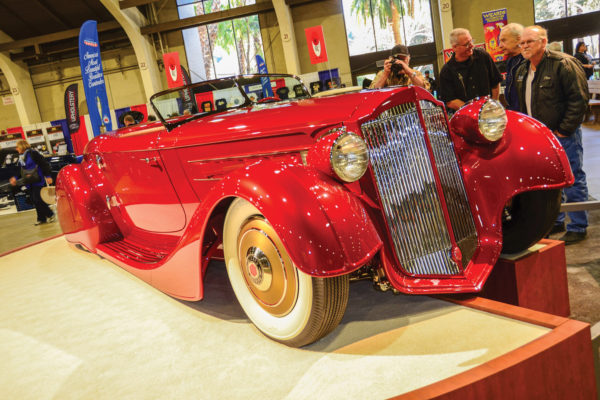
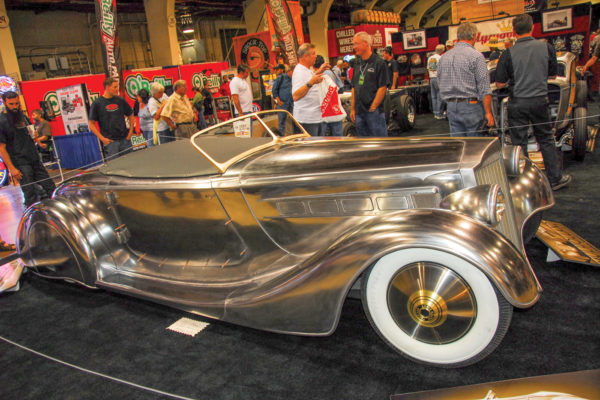
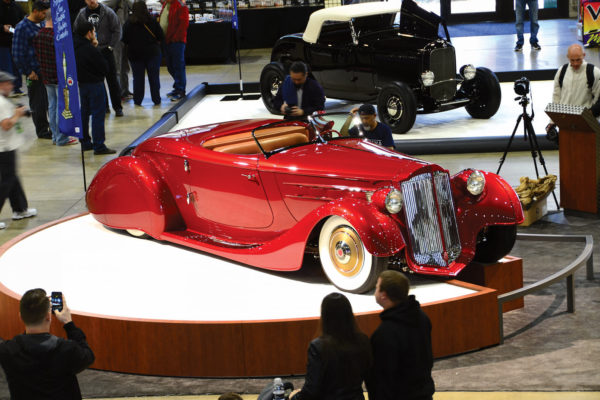
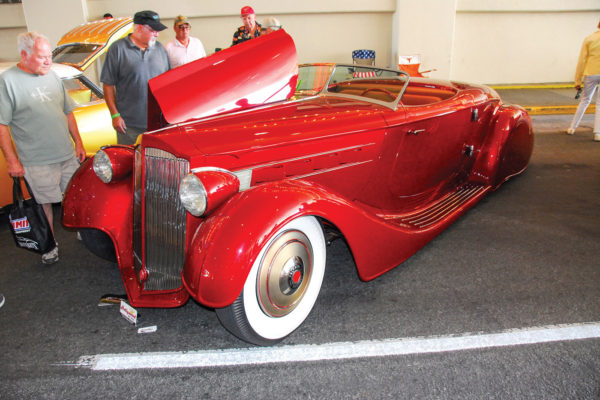
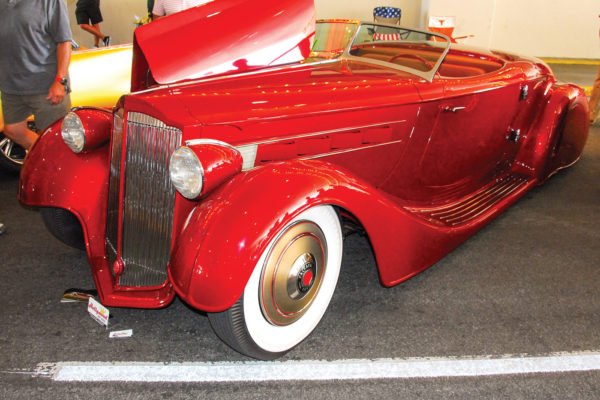
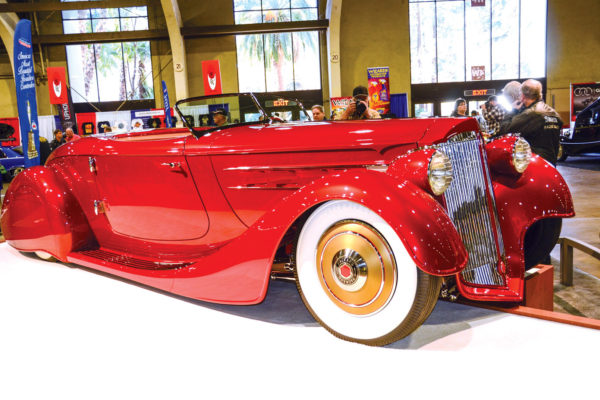
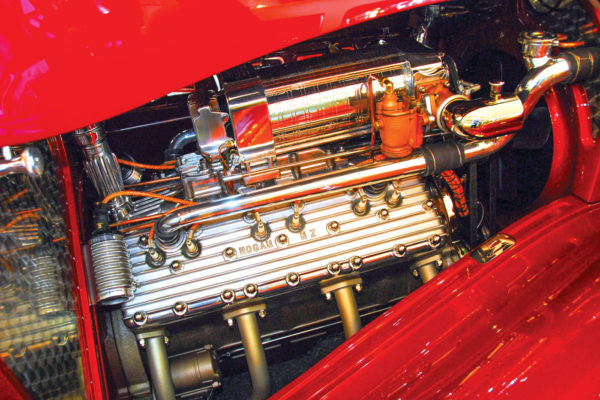
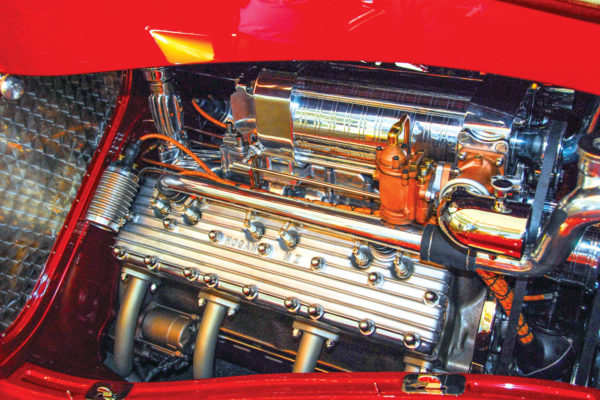
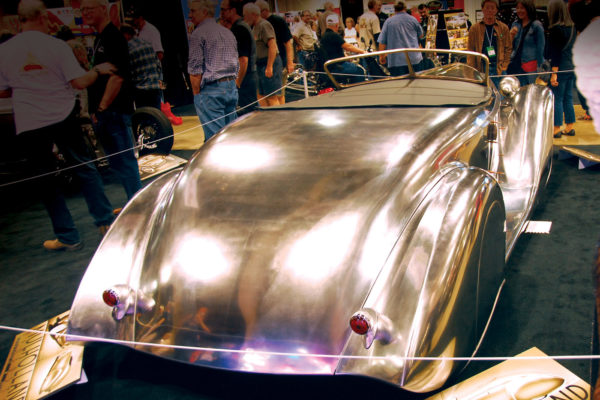
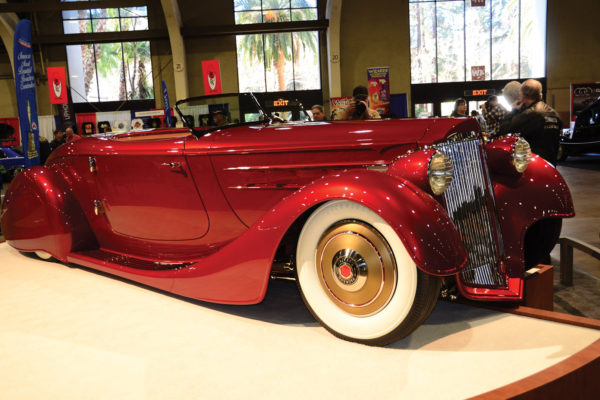
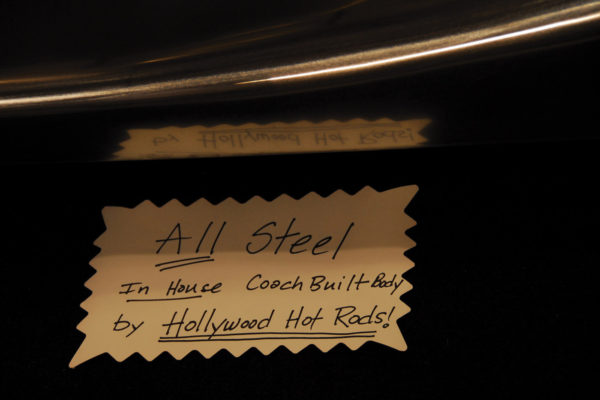
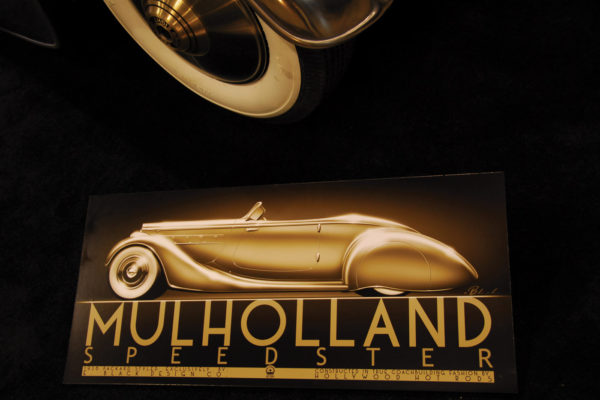

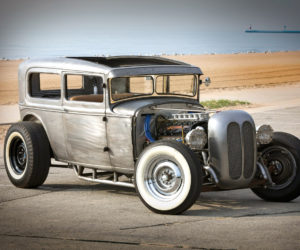
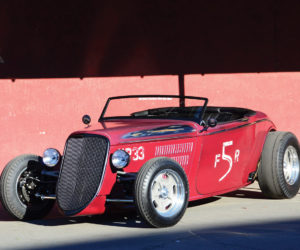
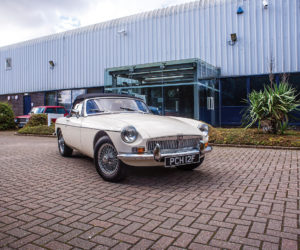
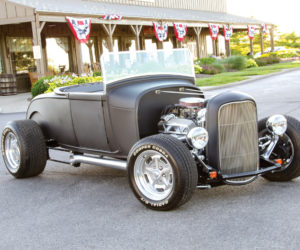
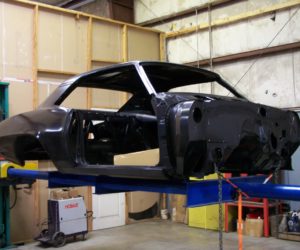
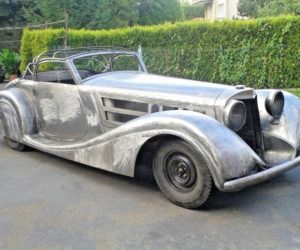




Comments for: Mulholland Metal
comments powered by Disqus